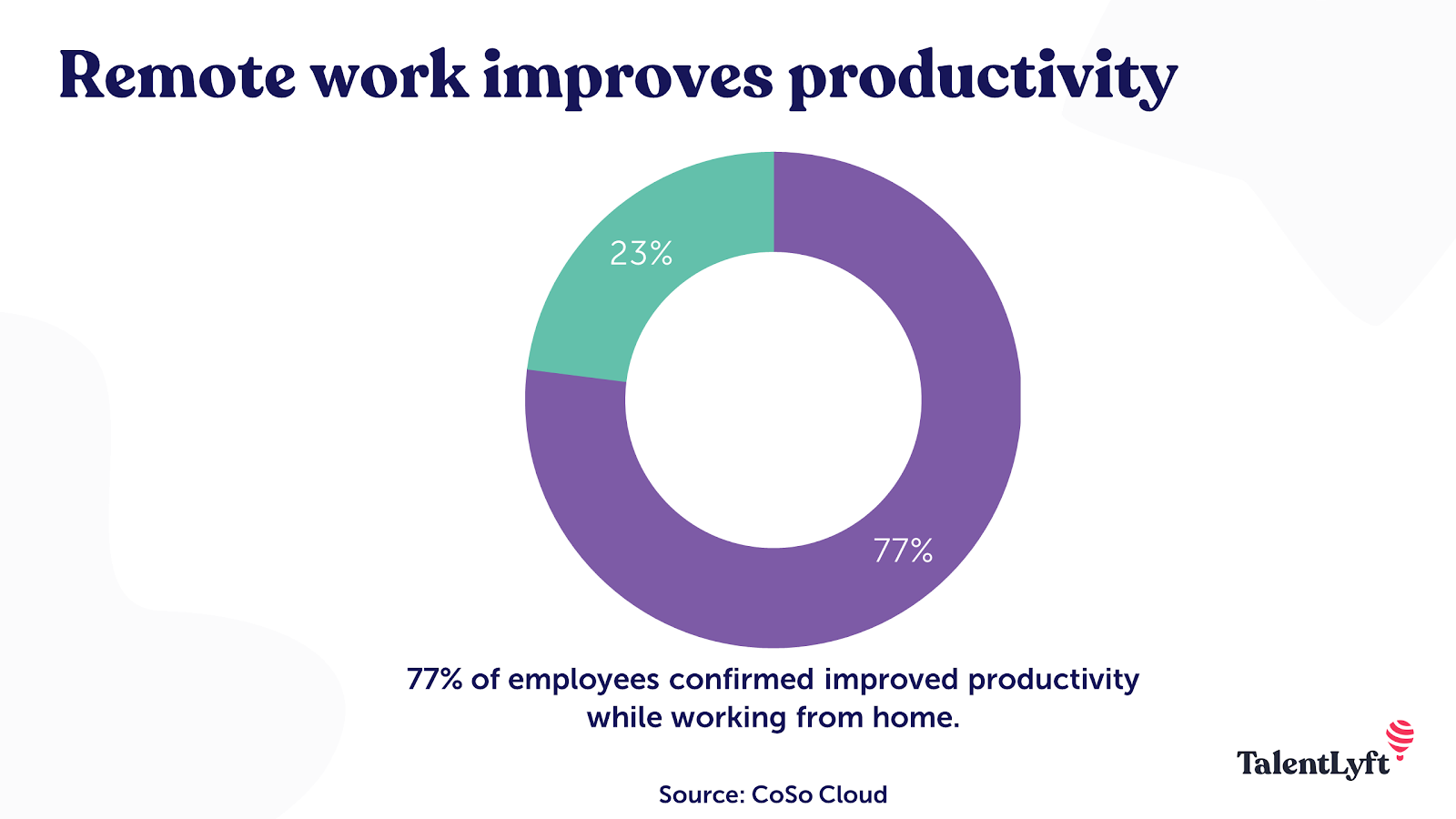Harnessing the Power of Technology for Efficient Remote Work

In recent years, the global pandemic has accelerated the shift towards remote work, forcing businesses and individuals to adapt to a new reality. While this transformation has presented several challenges, it has also ushered in a wave of innovative technologies that are designed to make remote work more efficient and productive.
In this article, we will explore how technology is improving remote work efficiency, highlighting key tools, strategies, and best practices that you can implement in your own work-from-home setup.
The Evolution of Remote Work
Before we dive into the exciting world of remote work technologies, it’s essential to understand the historical context of this shift. The concept of remote work has been around for decades, with the rise of the digital age enabling individuals to work from anywhere with an internet connection.
However, it was the COVID-19 pandemic that catapulted remote work onto the global stage. With millions of people forced to work from home, companies were faced with the challenge of maintaining productivity, collaboration, and communication in a virtual environment.
The rapid adoption of remote work has led to a surge in innovation, with technology playing a pivotal role in making this new reality work seamlessly.
The Role of Technology in Remote Work
Technology has been the unsung hero of the remote work revolution, providing us with the tools and platforms necessary to maintain productivity, collaboration, and motivation in a virtual environment.
From virtual communication tools to cloud-based project management, technology has enabled remote workers to stay connected, collaborate, and deliver results despite physical distance.
Some of the key technologies that have improved remote work efficiency include:
- Virtual communication tools: Zoom, Google Meet, and Skype have become an integral part of remote work, enabling face-to-face interactions, video calls, and screen sharing.
- Cloud-based project management: Platforms like Asana, Trello, and Basecamp have streamlined workflow management, task assignment, and progress tracking.
- Collaboration tools: Slack, Microsoft Teams, and Google Drive have enabled seamless communication, file sharing, and collaboration among team members.
- Time tracking and productivity tools: Toggl, Harvest, and RescueTime have helped remote workers stay focused, track time, and optimize productivity.
Implementing Technology for Remote Work Efficiency
While technology has made remote work efficient, it’s essential to implement a strategic approach to ensure maximum productivity and collaboration.
Here are some actionable steps you can take to improve remote work efficiency:
Set Clear Goals and Expectations

Before starting the workday, set clear goals and expectations with your team and manager. This will help you prioritize tasks, stay focused, and avoid distractions.
Create a Dedicated Workspace
Designate a dedicated workspace that is free from distractions and interruptions. This will help you stay motivated and avoid the blurred lines between work and personal life.
Use Technology to Facilitate Communication
Implement virtual communication tools to facilitate seamless communication with your team and manager. This will help you stay connected, collaborate, and resolve issues efficiently.
Prioritize Self-Care and Wellness
Working long hours in isolation can take a toll on your mental and physical health. Prioritize self-care, exercise regularly, and take breaks to maintain your well-being.
Establish Boundaries with Family and Friends
Maintaining a healthy work-life balance is crucial for remote workers. Establish boundaries with family and friends to avoid interruptions and distractions.
Overcoming Remote Work Challenges
While remote work has its advantages, it also presents several challenges that can impact productivity and collaboration.
Here are some common remote work challenges and how technology can help you overcome them:
Distractions and Interruptions
Virtual communication tools can help you stay focused and avoid distractions. Implement features like Do Not Disturb mode, scheduled breaks, and goal-oriented check-ins to maintain productivity.
Time Zone and Location Differences
Cloud-based project management tools can help you stay connected with team members across different time zones and locations. Implement features like sync-backups, time zone conversion, and automated updates to ensure seamless collaboration.
Language Barriers
Virtual communication tools can help you overcome language barriers by using real-time translation, captioning, and interpretation services. Implement features like instant translation, keyword translator, and language subtitles to ensure inclusive collaboration.
Best Practices for Remote Work Efficiency
While technology is a game-changer for remote work, there are several best practices that you can follow to ensure maximum productivity and collaboration.
Here are some remote work best practices to keep in mind:
Regular Check-ins and Feedback
Regular check-ins and feedback are essential for maintaining communication and collaboration among team members. Schedule regular meetings, encourage open feedback, and implement features like peer review and feedback analytics.
Prioritize Communication and Collaboration
Communication and collaboration are the lifeblood of remote work. Implement virtual communication tools that facilitate seamless communication, file sharing, and collaboration among team members.
Set Clear Goals and Expectations
Clear goals and expectations are essential for maintaining productivity and motivation in a remote work setup. Set clear goals, prioritize tasks, and track progress to stay motivated and focused.
Protect Your Mental and Physical Health
Remote work can be isolating, which can impact mental and physical health. Prioritize self-care, exercise regularly, and take breaks to maintain your well-being.
Conclusion
Technology has been the backbone of the remote work revolution, providing us with the tools and platforms necessary to maintain productivity, collaboration, and motivation in a virtual environment.
By implementing strategic technologies, setting clear goals and expectations, creating a dedicated workspace, and prioritizing self-care, you can achieve maximum remotework efficiency and unlock your full potential.
Share This Article
Did you enjoy this article? Share it with your network and help others learn how technology is improving remote work efficiency.


